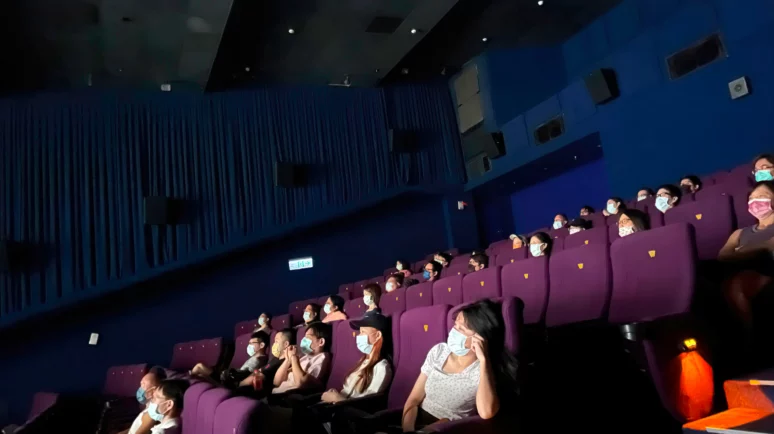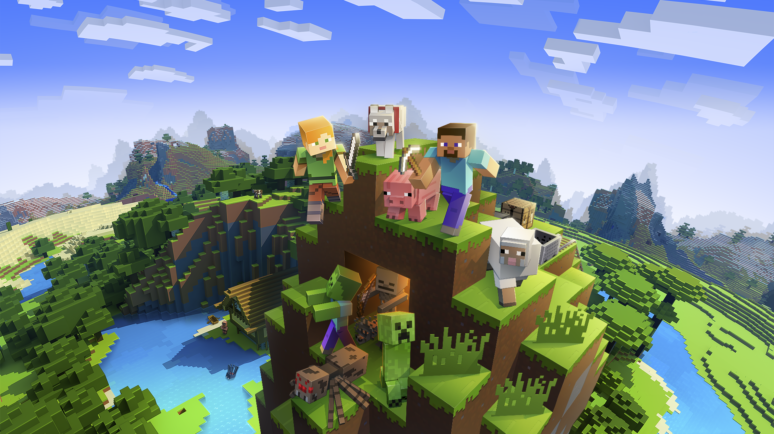Sora Release Date: OpenAI’s Video Generator Public Timeline, Details

The general public will have to wait to access OpenAI's SORA.
Key Takeaways
- Last week, OpenAI unveiled Sora, its latest AI video-generator.
- However, only a handful of users have been granted pre-release access to the platform.
- Given the potential for abuse posed by Sora’s lifelike outputs, OpenAI isn’t rushing the launch.
In the days since OpenAI unveiled Sora to the public, viewers around the world have been stunned by the latest AI video generation engine’s capabilities. Wired called the clips “photorealistic,” while the New York Times said they “look as if they were lifted from a Hollywood movie.”
For now, Sora is only available to a handful of artists and filmmakers, alongside a team of experts who are assessing it for risks. But members of the public will have to wait before they get to try out the technology for themselves.
When Will Sora be Released to the Public?
At present, OpenAI hasn’t announced a general release date for Sora.
A response to a question about the timeline for SORA’s public release on the OpenAI forum reads, “SORA is not a released product. It is not publicly available. There is no waitlist. There is no expected release date.”
One developer added, “there’s no official release date yet. But we will be sure to update you all when we have more information.”
Continuing, they said “OpenAI just made a blog post announcing Sora, its is still a research project, and official paper isn’t out yet. It will likely be some time before it becomes generally available.”
Early Access to Sora
Many of the SORA output videos circulating online were created by a small group of users who have early access to the video generator.
In a post introducing SORA, OpenAI explained that early access to the platform was granted “to a number of visual artists, designers, and filmmakers to gain feedback on how to advance the model to be most helpful for creative professionals.”
Unfortunately, however, only those selected by OpenAI are able to use SORA ahead of the official public release.
Why is OpenAI Holding off Releasing Sora?
In a statement revealing Sora to the world, OpenAI said it was sharing its research process early in order to get feedback from people outside the company and “to give the public a sense of what AI capabilities are on the horizon.” It added:
“We’ll be taking several important safety steps ahead of making Sora available in OpenAI’s products. We are working with red teamers — domain experts in areas like misinformation, hateful content, and bias — who will be adversarially testing the model.”
Considering the potential for abuse, there is good reason not to rush the launch.
Concerns over the malicious use of the technology mostly revolve around it being used to impersonate real people. From the threat to democracy posed by deepfakes to the emerging risk of AI-powered fraud, ensuring Sora isn’t used to trick or mislead people is a top priority for OpenAI and its peers.
One approach would be to ban referencing certain people in prompts altogether. There is already a precedent for such a tactic in the related field of image generation. For example, OpenAI’s DALL.E already bans requests for images containing a celebrity likeness.
As well as implementing prompt restriction features already incorporated into DALL.E, OpenAI said it is developing a “detection classifier” that will be able to tell when a video was generated by Sora.
For users who are eager to get their hands on the new text-to-video tool, however, the testing and finalization of SORA’s safety features can’t happen fast enough.


